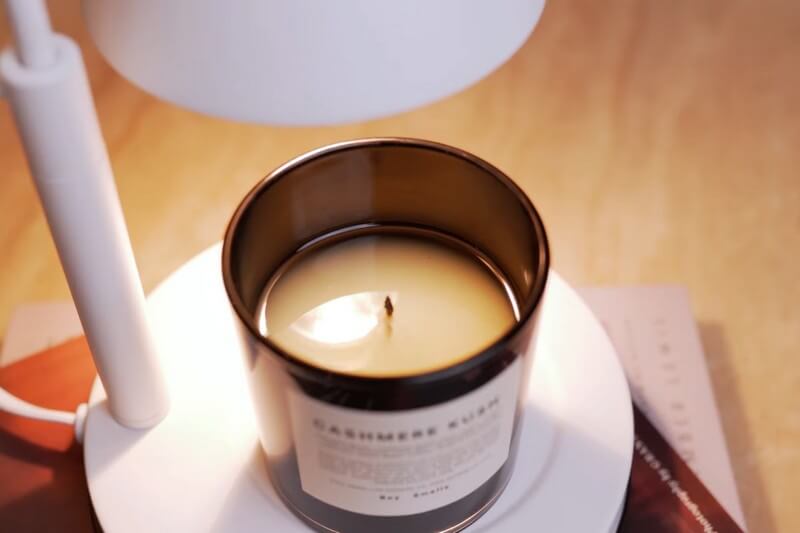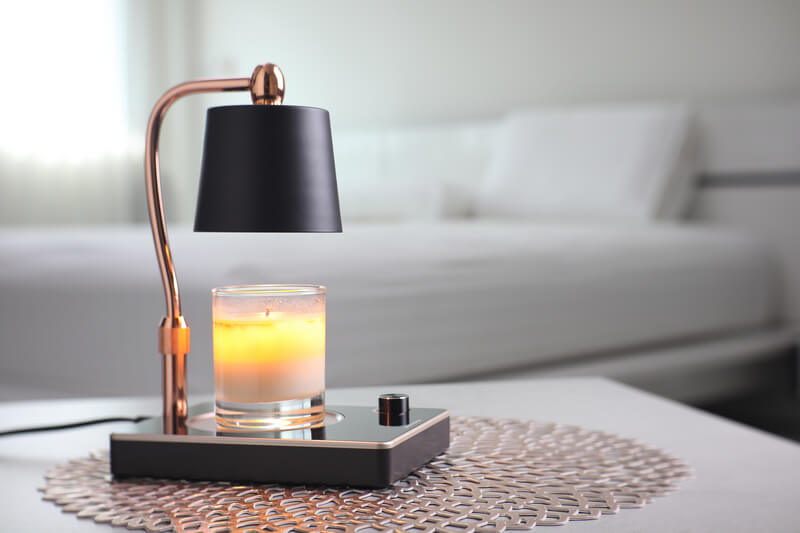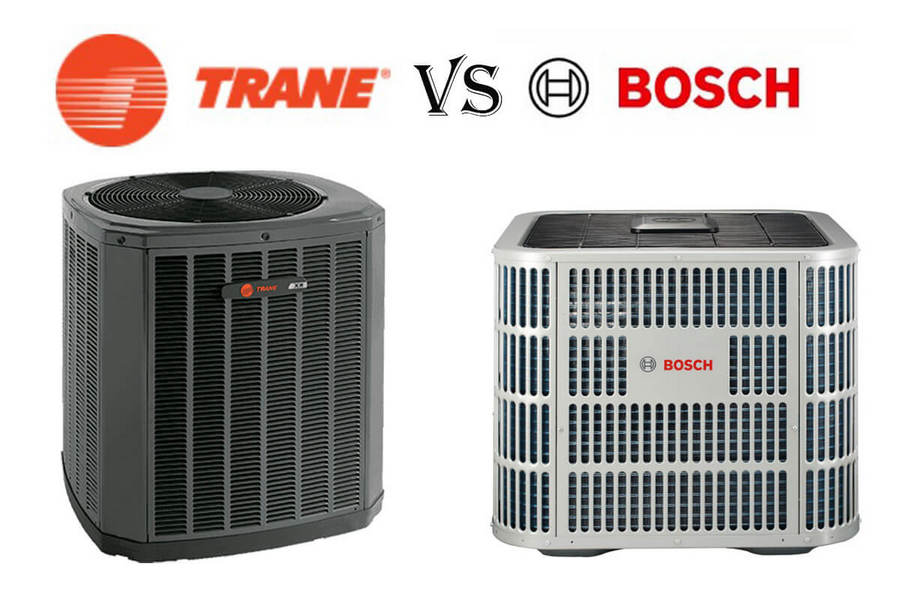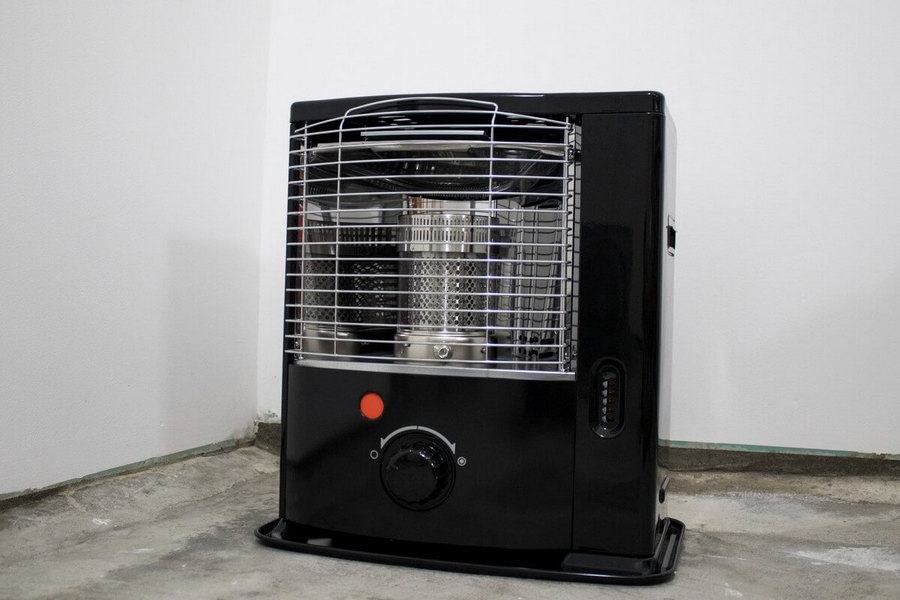Burning candles can turn a cold room into a warm, cozy, and flagrant one. The fragrance of a scented candle provides stress relief. It helps you feel calm on those days when you want to relax.
But did you know that using a candle warmer is a cost-effective, more convenient, and safer way than burning scented candles? Read on to know more about the main advantages of using a candle warmer vs. burning a candle.
What Is a Candle Warmer and How Does It Work?
Using a candle warmer is an excellent alternative to burning a scented traditional candle. It is a device that fills a room with fragrance by melting candle wax but without an open flame. Moreover, candle warmers don’t produce the soot that comes with burning candles.

Many of today’s candle warmers work by applying electricity to heat a coil (or element) inside a heating plate beneath the candle wax holder. As heat transfers from the heating plate to the holder, the wax melts gradually and releases the scent into the air.
Since many candle warmers require electricity to work, you’ll need to plug them into an electrical outlet. There are electric candle warmers that work with low-power USB cables, while some devices work with batteries.
Some design examples of electric candle warmers are plate and lamp warmers. A plate-style candle warmer can also serve as a jar candle warmer.
Do Candle Warmers Make Candles Last Longer?
Electric candle warmers can extend the life of your candles since these devices use low heat. Low, regulated heat warms and melts the scented candle wax at a lower rate. And thus, making your candles last longer than traditional ones.
Interestingly, ceramic or metal warmers can make your candles last twice as long. Provided that the heating plates are not too hot and not in direct contact with your candle wax.

Wax melts can be an excellent addition to your candles when the latter no longer releases the fragrance when warmed up. You can also use just the wax melts in the candle warmer instead.
Typically, wax melts come in a pack of bars, which you can break into individual pieces. And so, you can add a few or many of these bars, whichever you like. If you want to extend the life of the candle bars you can further break them into smaller pieces.
If you’re curious about making your own scented wax melts to use with candle warmers, see this easy beginners video tutorial:
Read Also: Do Candles Warm Up a Room?
Differences Between Candle Warmers and Burning Candles
There are a few main differences between candle warmers and burning candles. For instance, electric candle warmers:
- Don’t require a flame to melt the candles
- Don’t produce soot
- Can make your candles last longer

However, mentioning the candle warmer vs. burning a candle debate won’t be complete if we don’t mention the advantages of burning candles. For starters, traditional candles:
- Have a massive and continuously growing industry
- Are easier to find
- Produce a more classic, warmer, and cozy ambiance
But how do they differ when it comes to giving off the scent in a room? This is where the term scent throw comes in.
Scent Throw
The term scent throw is sometimes used to describe the strength of a scent in air fresheners and perfumes. But in fact, the term was originally used for candles.
Waxes and candles have a hot throw and a cold throw. Interestingly, some people feel that what really matters is the hot throw.
However, you should also consider the cold throw as it is essential if you want to enjoy the strength of a candle’s scent. The cold throw is the smell of the candle while the wax is in a solid state.
On the other hand, the hot throw is the smell of the candle when the wax has melted. In other words, it is the smell of melted wax itself. Oftentimes, that scent can be a bit stronger than the one from a cold throw.
In contrast, when you burn traditional candles, you also smell the burnt wick, not just the wax.
Safety
Safety is arguably one of the reasons why more and more people are opting for candle warmers over traditional ones. Burning candles in your home can be dangerous, especially if you have children or pets. The risk of fire is always there when placing candles near flammable materials in the home, or if candles are knocked over.
With electric candle warmers, there’s no need to worry about an open flame that may start a fire. Still, you should use caution when using candle warmers because they do generate a significant amount of heat. So, you shouldn’t leave them unattended.
Further, since many of today’s candle warmers are technically electrical items, they can cause electrical fires if you do not set them up properly.
Cost Effectiveness
There’s an upfront cost to consider when buying an electric candle warmer. You’ll be paying for the additional electricity that this appliance will consume over time. While such devices won’t cause your energy bills to skyrocket, you will feel a slight bump in the cost there.
At the end of the day, melting wax using a candle warmer is more cost-effective than burning traditional candles. For starters, candle warmers melt candles at a very slow rate, which means you don’t have to buy candles too often. On top of that, wax melts are much cheaper and have more burn time than traditional ones.
Summary
The advantages of a candle warmer vs. burning a candle are clear. Candle warmers are better than traditional candles when it comes to safety, cost-effectiveness, and giving off long-lasting fragrance.
But keep in mind that candle warmers don’t have the same warm and cozy feeling that traditional candles provide.
If you decide on getting a candle warmer for your home, you should think about your personal preferences and the pros and cons we discussed here.







